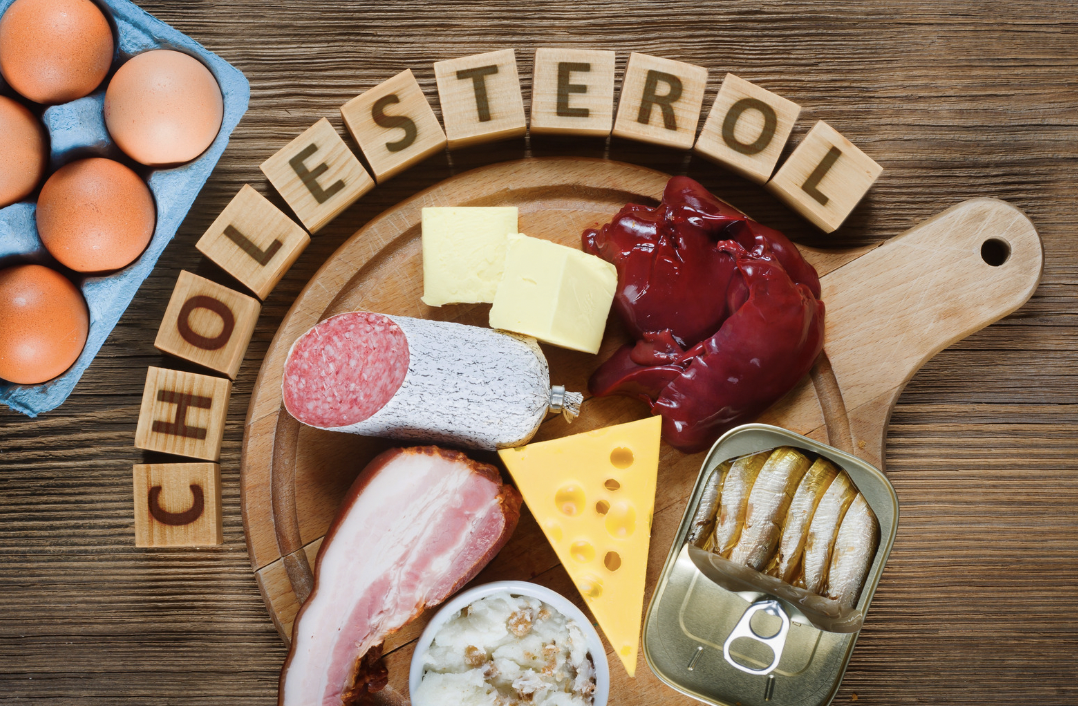
According to the Centers for Disease Control and Prevention (CDC), about 11% of Americans aged 60 or more have high total cholesterol levels. Unfortunately, high levels of bad cholesterol increase the risk for cardiac, vascular, and kidney diseases. However, some efforts can be made to manage and prevent cholesterol problems in old age.
Before discussing ways to manage cholesterol issues, let’s briefly overview good vs. bad cholesterol.
Good vs. Bad Cholesterol
Human cholesterol is generally classified into three components, i.e., HDL (High-Density Lipoprotein), LDL (Low-Density Lipoprotein), and Triglycerides.
- Good Cholesterol
HDL is considered “good” cholesterol as it absorbs cholesterol from the blood and other body parts and then carries it back to the liver. In the liver, this cholesterol is detoxified and flushed out of the body through bile.
- Bad Cholesterol
LDL and triglycerides are considered “bad cholesterol” because it collects and builds up the amount of fatty content inside the artery walls. Similarly, triglycerides can increase the hardness and thickening of artery walls, raising the risk of heart disease and stroke.
How can we increase HDL levels?
- Moderate physical activity of at least 30 minutes daily can increase HDL levels. Similarly, losing some extra weight can also help lower HDL levels.
- Eating monosaturated and polyunsaturated fats can also raise HDL levels. Foods rich in these fats are walnuts, flax seeds, vegetable oils, and fish. Moreover, having a ketogenic diet and Omega-3 fatty acids can also increase HDL levels.
- Quitting smoking can also increase HDL levels.
How can we decrease bad cholesterol?
- Reducing the intake of saturated and trans fats can decrease LDL levels. Butter, sausages, cured meats, and cheese are rich in saturated fats, while bakery products, microwave popcorns, fried foods, and stick margarine contain high amounts of trans fats.
- Alcohol consumption in moderate amounts can also decrease LDL levels, although alcohol intake is associated with other diseases.
- Eating soluble fiber can increase the number of probiotic bacteria inside the intestine, reducing LDL levels.
- Moderate aerobic exercise of about 150 minutes per week can significantly reduce cholesterol levels, as the American Heart Association advises.
Medications for high cholesterol levels
- Certain OTC (over-the-counter) supplements such as omega-3 fatty acids, psyllium, and immediate-release niacin can help decrease the levels of LDL and triglycerides.
- Medications such as statins and bile acid resins can be prescribed by a health provider for high cholesterol levels.
Take Home
Almost every tenth American aged 60 or more has high cholesterol levels, and unfortunately, it puts us at increased risk for developing cardiovascular and kidney disease. However, all the cholesterol types are not bad. Generally, HDL is considered good, while LDL and triglycerides are considered bad cholesterol. We can take certain measures to lower our bad and raise our good cholesterol levels, including regular exercise and consuming omega-3 fatty acids, soluble fiber, and polyunsaturated fats instead of saturated fat. In severe cases, a healthcare provider may also prescribe statin drugs or bile acid resins.
References:



